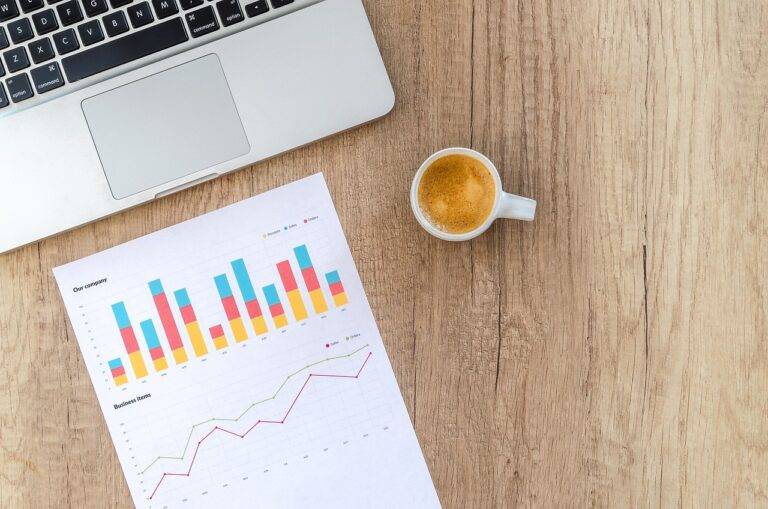The Impact of Business Intelligence on Inventory Management
Inventory management is a critical aspect of any business, as it directly impacts the bottom line. In order to optimize inventory levels and ensure that the right amount of stock is available at the right time, businesses are increasingly turning to data analytics. By analyzing historical sales data, trends, and other relevant metrics, companies can make informed decisions about when to restock, how much inventory to carry, and where to allocate resources.
Data analytics allows companies to gain valuable insights into consumer behavior, market trends, and other factors that can affect inventory levels. By leveraging data-driven strategies, businesses can reduce the risk of overstocking or stockouts, leading to cost savings and improved efficiency. Additionally, data analytics can help businesses identify opportunities for growth, streamline operations, and enhance overall supply chain management.
Utilizing Predictive Analytics to Forecast Demand
Predictive analytics plays a crucial role in the modern supply chain by enabling businesses to forecast demand accurately. By analyzing historical data, market trends, and other relevant factors, companies can anticipate consumer preferences and adjust their inventory levels accordingly. This proactive approach helps to minimize stockouts and overstock situations, leading to improved customer satisfaction and cost savings.
Moreover, predictive analytics allows organizations to identify patterns and anomalies in demand that may not be apparent through traditional forecasting methods. By leveraging advanced algorithms and machine learning models, companies can gain valuable insights into future consumer behavior and make data-driven decisions to optimize their inventory levels. This data-driven approach empowers businesses to stay ahead of the curve in a dynamic marketplace and respond swiftly to changing demand patterns.
How does predictive analytics help in forecasting demand?
Predictive analytics uses historical data and statistical algorithms to analyze patterns and trends, allowing businesses to make more accurate predictions about future demand.
What are the benefits of utilizing predictive analytics for demand forecasting?
By using predictive analytics, businesses can optimize inventory levels, reduce stockouts, minimize excess inventory, improve customer satisfaction, and increase profitability.
What types of data are used in predictive analytics for demand forecasting?
Predictive analytics for demand forecasting typically uses historical sales data, market trends, customer behavior data, and external factors such as seasonality and economic indicators.
How accurate is predictive analytics in forecasting demand?
While predictive analytics can provide more accurate demand forecasts compared to traditional methods, the accuracy can vary depending on the quality of data, the sophistication of the algorithms, and the complexity of market dynamics.
How can businesses integrate predictive analytics into their demand forecasting process?
Businesses can integrate predictive analytics into their demand forecasting process by investing in data analytics tools, training their staff on data analysis techniques, and leveraging the insights generated by predictive models to make informed decisions.







